The “persistence” of the ex-tropical cyclone has forecasters on high alert.
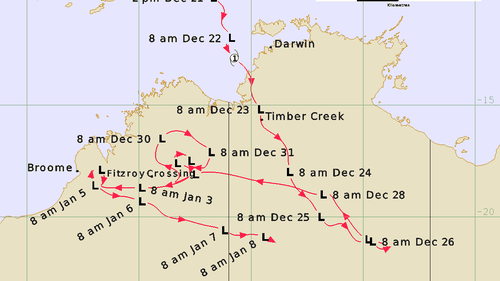
“For Ellie it is very unusual to have remnants going until such a late date” he told 9news.com.au.
“It’s not ordinary behaviour.”
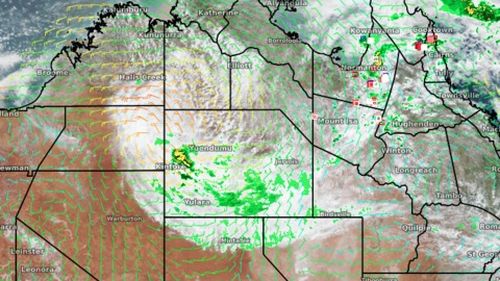
Walsh said multiple factors could have played into the severity of ex-tropical cyclone Ellie.
“While Ellie is unusual, it’s not unprecedented,” he said.
“There’s been a number of storms in northern Australia, such as Abigail in 2001, that have stayed active and intense for surprisingly long periods of time.
“There are particular meteorological conditions up there that make them possible to do so. For instance if the sandy soil gets wet and it rains very strongly, that combination of factors can cause a lot of heat to go up into the atmosphere.
“It’s an unusual thing, it doesn’t just happen in northern Australia, but it happens particularly strongly there every so often.
“It’s called the Brown Ocean Effect.”
Read Related Also: Melissa Soria’s Wiki Biography, age, boyfriend, net worth, dating
Walsh’s comments come after Weatherzone described the behaviour of the storm as “remarkable”, explaining ex-tropical cyclones usually dissipate within a week of making landfall.
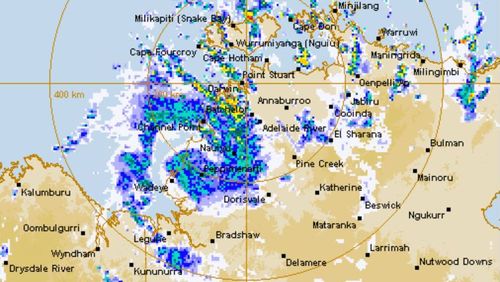
Meteorologist Joel Pippard said Ellie was able to linger for longer as the system linked to the monsoon trough.
“That’s what eventually happened on January 8, but over the Boxing Day period it stayed joined to the monsoon trough.”
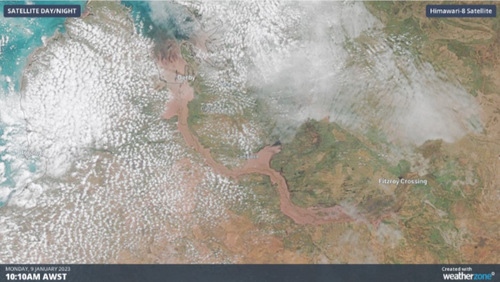
Walsh added a La Niña event could also make cyclones more frequent.
“Certainly La Niña increases the chance of tropical cyclones striking the Australian coast,” he said.
“And climate change could increase the severity of future cyclones.”
“This is only one-third into the wet season,” he said.
“We have received some caution about what’s ahead as we are still very much in the wet season and that could have a further impact we have to be mindful of.”
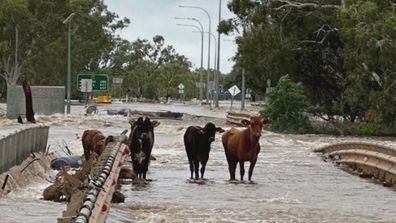
Clean-up begins after flood disaster in WA outback








